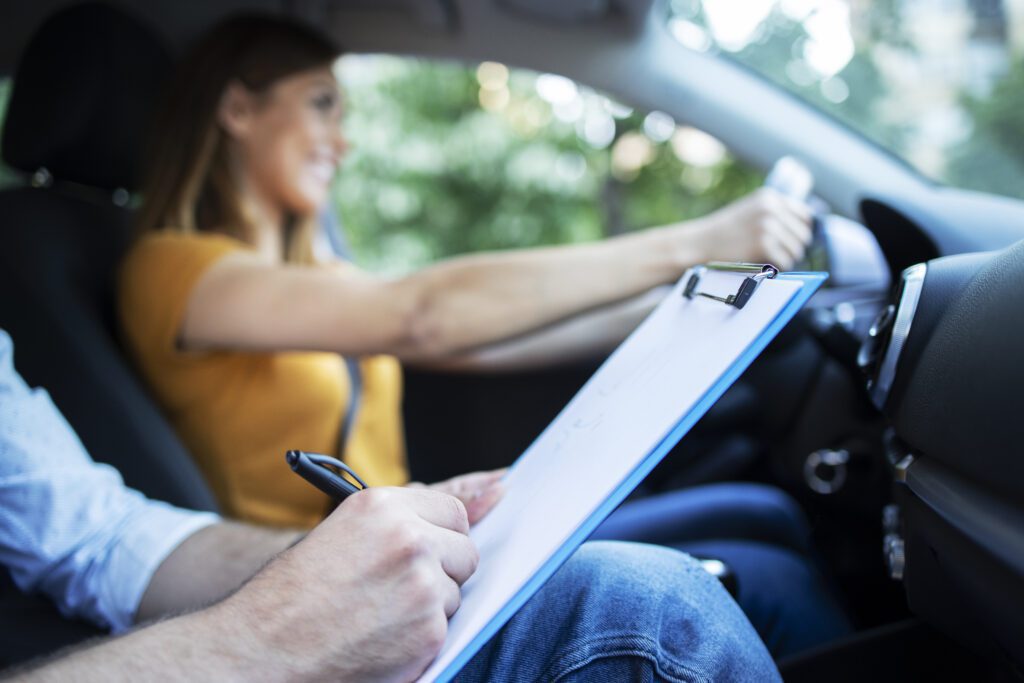
When should you use the two-second rule?
The 2-second rule is a guideline for determining a safe following distance when driving. It states that a driver should maintain a distance of at least 2 seconds behind the vehicle in front of them. This allows for a sufficient amount of time to react and brake in the event of a sudden stop or obstacle in the road.
To determine if you are maintaining a safe following distance, you can use the “two-second rule” method. When the vehicle in front of you passes a stationary object, such as a sign or tree, count the number of seconds it takes for you to reach the same point. If it takes you less than two seconds, you are following too closely and should increase your distance.
However, it’s important to note that the 2-second rule is a minimum guideline and may not be sufficient in certain conditions. In adverse weather conditions, such as heavy rain or fog, visibility is reduced and it takes longer for a driver to react to a sudden stop or obstacle in the road. Therefore, a greater following distance should be maintained to allow for more time to react.
For example, in heavy rain, the roads can be slippery and the braking distance increases. In this case, a following distance of at least 4 seconds is recommended. Similarly, in foggy conditions, visibility can be greatly reduced and it can be harder to see the car in front of you. A following distance of at least 8 seconds is recommended in this case.
It’s important to note that the 2-second rule is not a hard and fast rule, and you should always adjust your following distance based on the road conditions and your own personal driving experience. A good rule of thumb is to always be alert, stay focused and avoid distractions, and be aware of your surroundings.
In addition to following distance, it’s also important to remember to adjust your speed in adverse weather conditions. Your speed should always be appropriate for road conditions, and you should be prepared to slow down or stop if necessary.
In conclusion, the 2-second rule is a guideline for determining a safe following distance when driving. However, in adverse weather conditions such as heavy rain or fog, a greater following distance should be maintained to allow for more time to react. Always adjust your following distance and speed based on the road conditions, and be aware of your surroundings.
Summary
- The 2-second rule is a guideline for determining a safe following distance when driving, which states that a driver should maintain a distance of at least 2 seconds behind the vehicle in front of them.
- To determine if you are maintaining a safe following distance, you can use the “two-second rule” method by counting the number of seconds it takes for you to reach the same point as the vehicle in front of you.
- In adverse weather conditions, such as heavy rain or fog, visibility is reduced and it takes longer for a driver to react to a sudden stop or obstacle in the road, therefore a greater following distance should be maintained.
- Heavy rain, a following distance of at least 4 seconds is recommended. In foggy conditions, a following distance of at least 8 seconds is recommended.
- The 2-second rule is not a hard and fast rule, and you should always adjust your following distance based on the road conditions and your own personal driving experience.
- Always adjust your speed in adverse weather conditions, always be alert and avoid distractions, and be aware of your surroundings.


